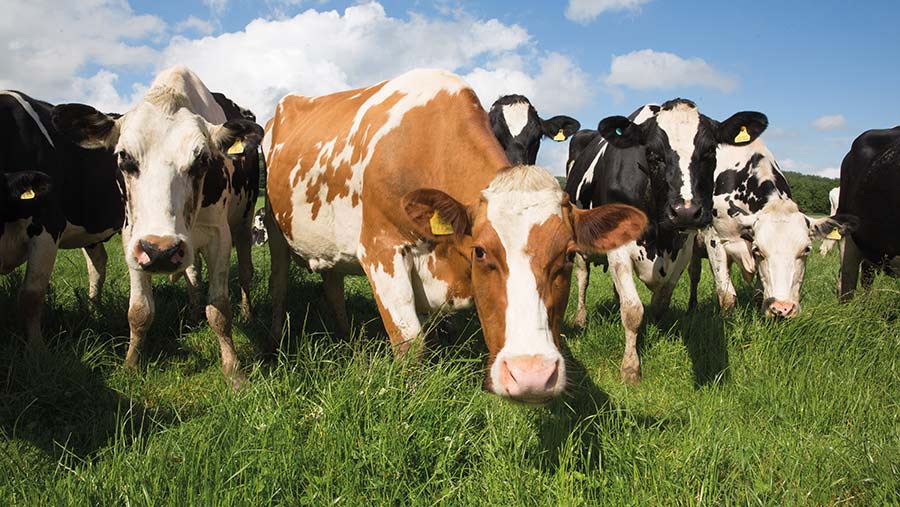Defra report shows drop in TB incidents in Derbyshire
 © Tim Scrivener
© Tim Scrivener Industry efforts to tackle bovine TB in Derbyshire appear to be moving in the right direction, according to the latest government statistics.
Defra data shows annual new TB herd incidents in the edge area county were down 22% in 2021 compared with the previous year’s total of 147.
See also: 5 ways to improve TB control in the UK
Infected badgers were a source of TB infection for 56% of the new TB incidents in Derbyshire in 2021, where a veterinary investigation and disease report form could be completed.
Badger disease control in the form of culling continued for a second year of operations in the county in 2021.
Derbyshire had the largest licensed area for vaccination of badgers, and also vaccinated the greatest number of badgers (244) of all counties – an increase from 186 vaccinated in 2020.
As in 2020, TB herd incidents in Derbyshire in 2021 were concentrated in the original high-risk area (HRA) in the south and west of the county, mirroring the higher density of cattle holdings in those areas.
Most of the badger culling is taking place in the old HRA, whereas the large vaccination areas are predominantly on the true edge of Derbyshire, where it borders the low-risk area.
At the end of 2021, 4.3% of cattle herds in Derbyshire were not TB-free, down from 5.9% in 2020.
Sarah Tomlinson, a Derbyshire-based farm vet at Kingshay and technical director at the TB Advisory Service, said: “It is really rewarding to see bovine TB is in decline in Derbyshire, and I think it is due to a number of reasons.
“This is not only through wildlife control measures, but also due to increased cattle testing that started in 2018.
“In Derbyshire, we have tackled both areas of disease transmission – cattle to cattle and wildlife to cattle. It is a combination of both that is getting results.”
